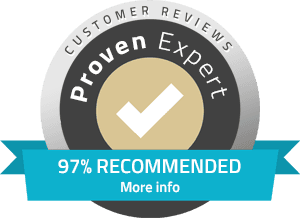Improving traffic through SEO involves several strategies aimed at enhancing your website’s visibility in search engine results and attracting more organic visitors. Here’s a structured approach to help boost your traffic through SEO:
1. Keyword Research and Optimization
Identify Relevant Keywords: Use tools like Google Keyword Planner, SEMrush, Ahrefs, or Ubersuggest to find keywords that are relevant to your content and have good search volume.
Long-Tail Keywords: Target specific, longer phrases that address niche topics or user queries.
Keyword Placement: Naturally incorporate keywords into your content, including titles, headers, meta descriptions, and throughout the body text.
2. High-Quality Content Creation
Create Valuable Content: Develop comprehensive, informative, and engaging content that addresses the needs and interests of your target audience.
Use Multimedia: Incorporate images, videos, infographics, and other multimedia to enhance content appeal and user engagement.
Update Content: Regularly update and refresh older content to keep it relevant and valuable to readers and search engines.
3. On-Page SEO Optimization
Optimize Meta Tags: Write compelling meta titles and descriptions that include relevant keywords and encourage clicks.
URL Structure: Ensure URLs are SEO-friendly, descriptive, and include targeted keywords.
Internal Linking: Link to other relevant pages within your website to improve navigation and distribute link equity.
4. Technical SEO
Optimize Site Speed: Improve page load times by optimizing images, leveraging browser caching, and reducing unnecessary scripts.
Mobile-Friendliness: Ensure your website is responsive and provides a seamless user experience on mobile devices.
Secure HTTPS Connection: Implement SSL certificates to enhance security and trustworthiness.
5. Off-Page SEO and Link Building
Build Quality Backlinks: Earn links from authoritative websites and relevant sources within your industry through guest blogging, partnerships, and content promotion.
Social Media Promotion: Share your content on social media platforms to increase visibility, engagement, and traffic back to your website.
6. Local SEO (if applicable)
Optimize for Local Search: Use local keywords, optimize your Google My Business profile, and encourage customer reviews to improve local search visibility.
7. User Experience (UX) Optimization
Improve Navigation: Ensure easy navigation with clear menu structures and internal linking.
Enhance Readability: Use clear, concise language and break up text with headings, bullet points, and numbered lists.
Engagement Features: Encourage user interaction with comments, social sharing buttons, and relevant calls-to-action.
8. Analytics and Monitoring
Track Performance: Use tools like Google Analytics and Google Search Console to monitor traffic, user behavior, and keyword rankings.
Identify Opportunities: Analyze data to identify top-performing content, traffic trends, and areas for improvement.
Adjust Strategies: Based on analytics insights, refine your SEO strategies, optimize underperforming content, and capitalize on successful tactics.
9. Continuous Learning and Adaptation
Stay Updated: Keep abreast of SEO trends, algorithm updates, and best practices through industry blogs, forums, and webinars.
Experiment and Test: Test different SEO strategies, content formats, and promotional tactics to discover what resonates best with your audience.
- +91 8300 665471
- info@vestaoneup.com



